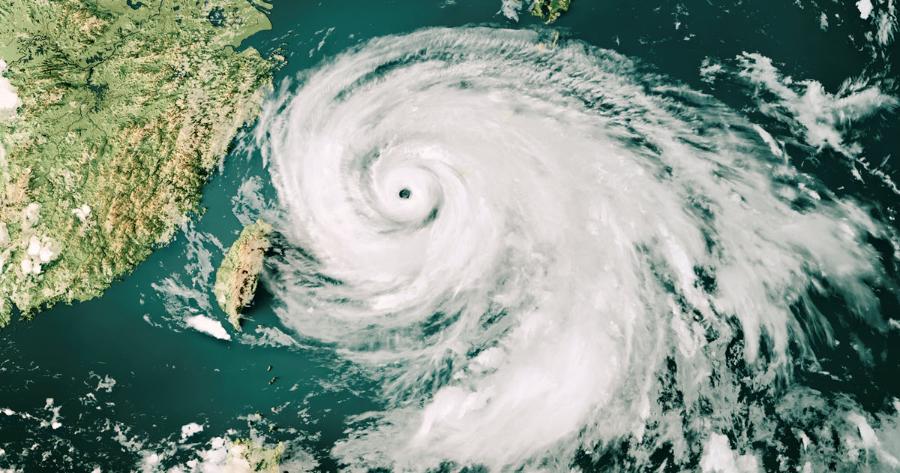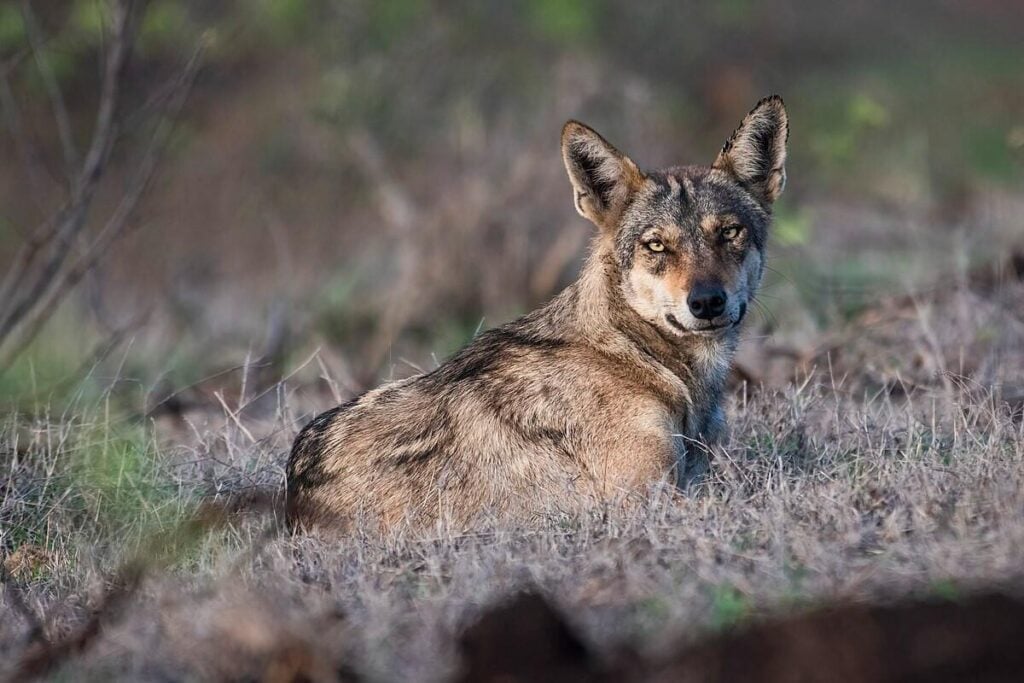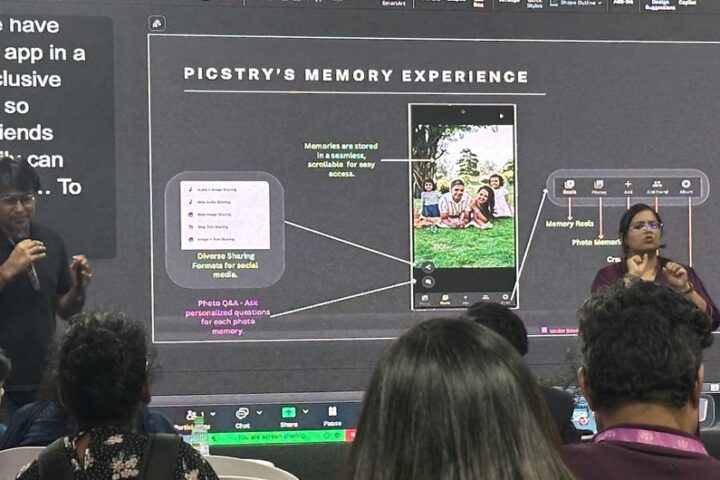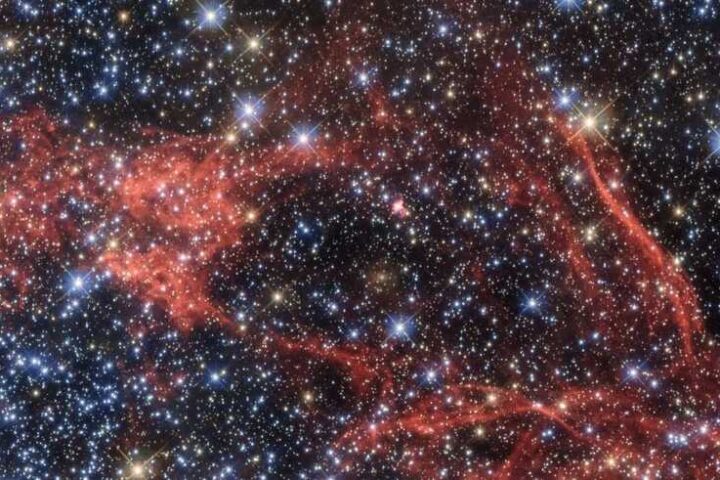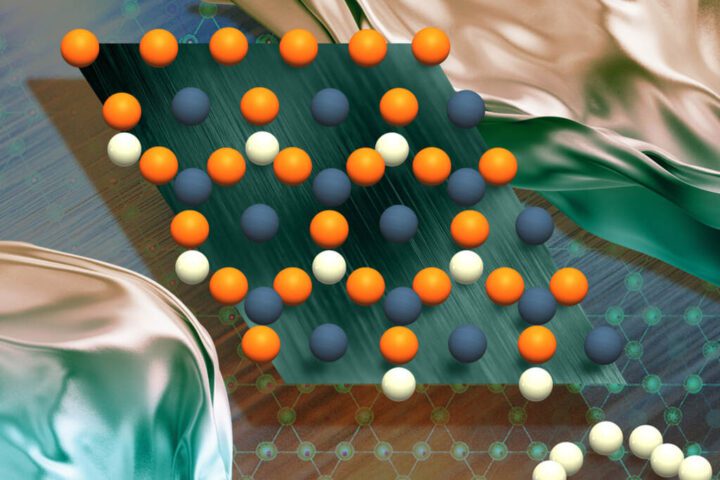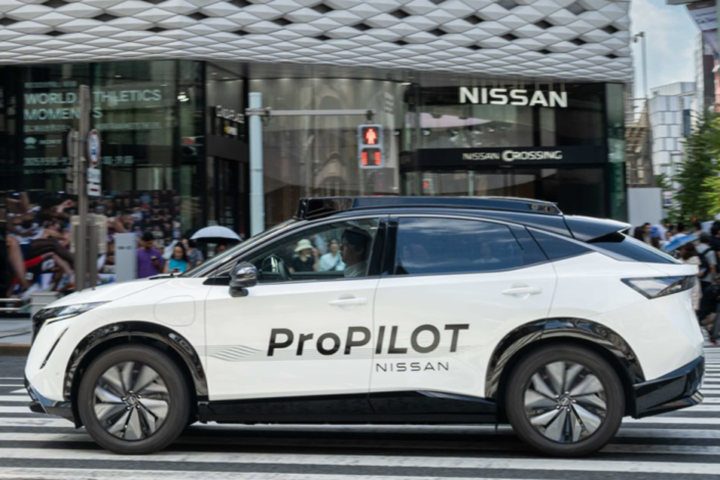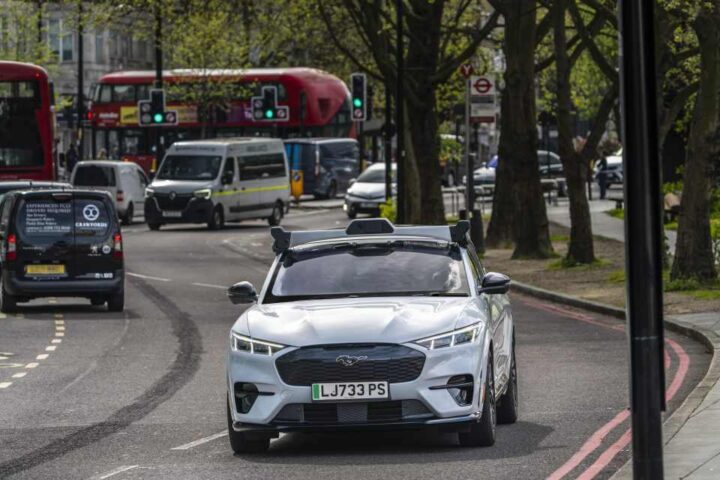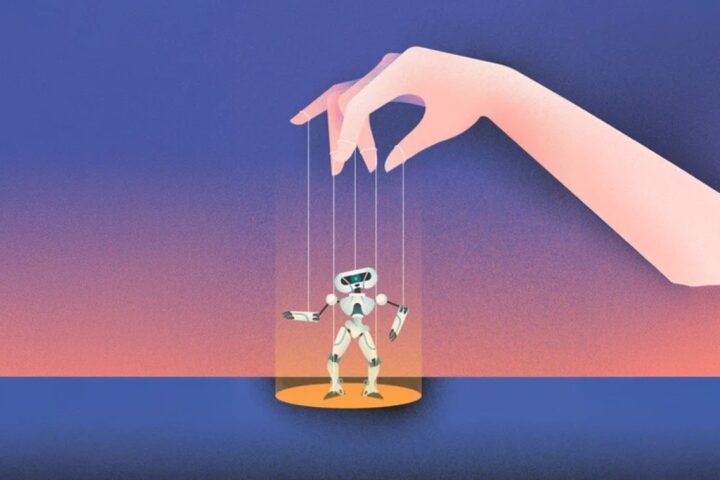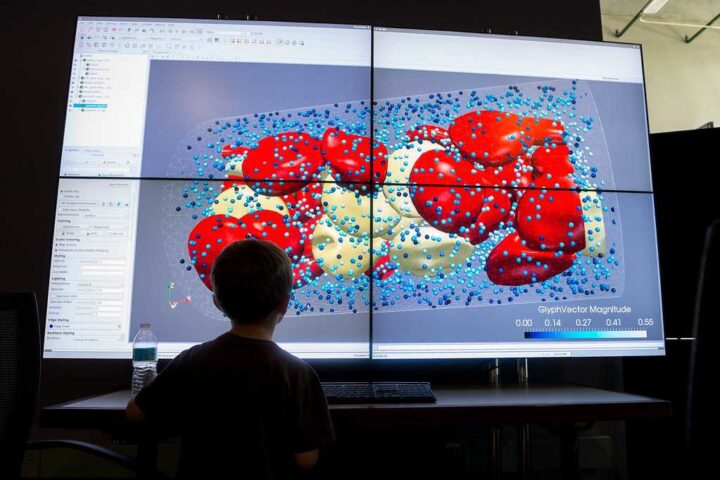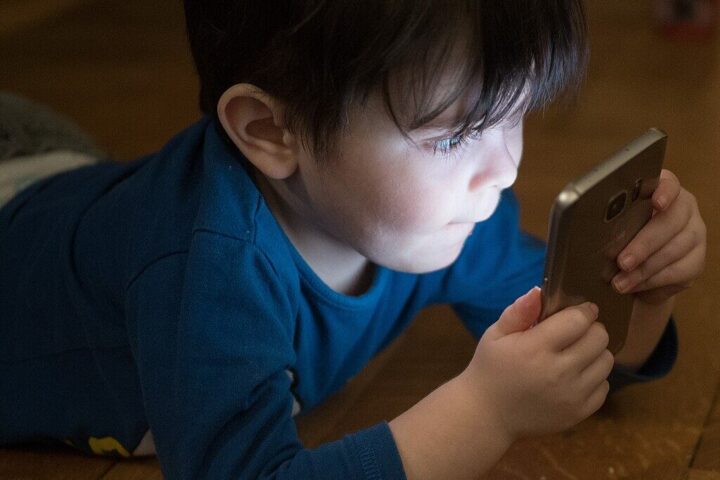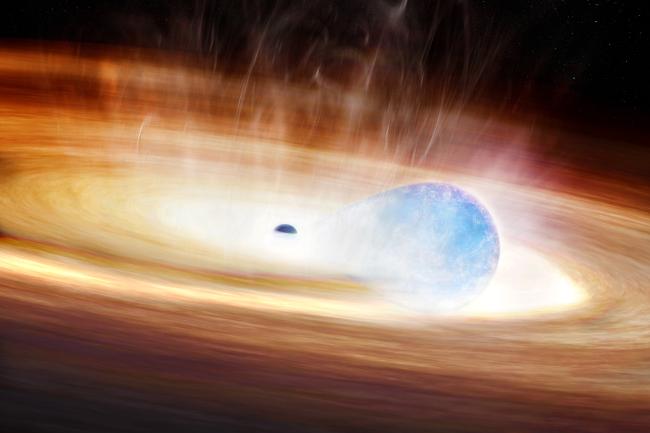Microsoft’s new Aurora AI system is transforming weather forecasting by predicting storms, air quality, and ocean waves with greater accuracy than traditional methods. This breakthrough could help communities better prepare for increasingly common extreme weather events.
Aurora isn’t just faster than current forecasting systems—it’s 5,000 times faster. While traditional weather models take hours on supercomputers, Aurora generates 10-day forecasts in seconds using graphics processing units (GPUs).
“For the first time, an AI system can outperform all operational centers for hurricane forecasting,” said Paris Perdikaris, associate professor at the University of Pennsylvania and senior researcher on the project.
The system’s abilities were put to the test in July 2023 when Typhoon Doksuri approached the Philippines. Aurora correctly predicted the typhoon’s landfall four days in advance, while official forecasts mistakenly placed the storm off Northern Taiwan’s coast.
Beyond Weather: A Foundation for Earth Systems
Unlike previous AI weather models, Aurora is what researchers call a “foundation model”—trained on over one million hours of atmospheric data from satellites, radar, weather stations, and traditional forecasting simulations.

“It’s not just about weather anymore,” explained Megan Stanley, senior researcher with Microsoft Research and part of the Aurora project team.
This foundation approach means Aurora can be adapted to predict various environmental events beyond traditional weather. Tests show it can forecast air quality and ocean waves with remarkable precision, even with limited training data.
In June 2022, Aurora accurately predicted a devastating sandstorm in Iraq one day before it hit Baghdad, sending thousands to hospitals with breathing problems. The system also outperformed standard forecasting in predicting wave heights during 2022’s Typhoon Nanmadol, which caused widespread flooding and power outages in Japan.
Beating the Best in Forecasting
Aurora’s results are impressive by any standard. It outperformed traditional numerical and AI forecasting models in 91% of medium-range weather forecasting tests. More notably, it beat the National Hurricane Center in 5-day tropical cyclone tracking—a first for any machine learning model.
The European Centre for Medium-Range Weather Forecasts (ECMWF), considered the global benchmark for forecasting accuracy, found itself outperformed by Aurora in 92% of 10-day global forecasts.
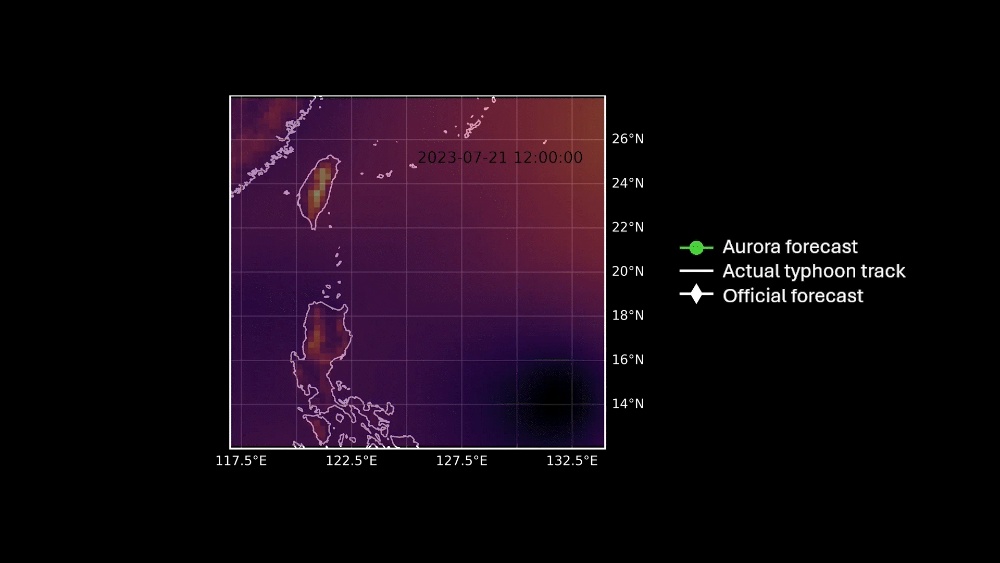
“Incorporating many diverse sources of data results in not only greater accuracy in general, but it also means we are better at forecasting extreme events,” Stanley noted.
Similar Posts
Democratizing Weather Prediction
One of Aurora’s most significant advantages is its potential to make sophisticated forecasting more accessible. Traditional weather prediction systems require expensive supercomputers, putting advanced forecasting out of reach for many countries and communities.
“It’s got the potential to have huge impact because people can really fine tune it to whatever task is relevant to them,” said Stanley, “particularly in countries which are underserved by other weather forecasting capabilities.”
Microsoft has made Aurora’s source code and model weights publicly available, allowing researchers and developers worldwide to build upon its capabilities. The company has also begun integrating Aurora’s technology into MSN Weather to provide more accurate hourly forecasts to everyday users.
Growing Competition in AI Weather Forecasting
Microsoft isn’t alone in this field. Google announced in late 2023 that its GenCast model had surpassed the European forecasting center’s accuracy in over 97% of climate disasters recorded in 2019. Huawei unveiled its Pangu-Weather AI model earlier that year.
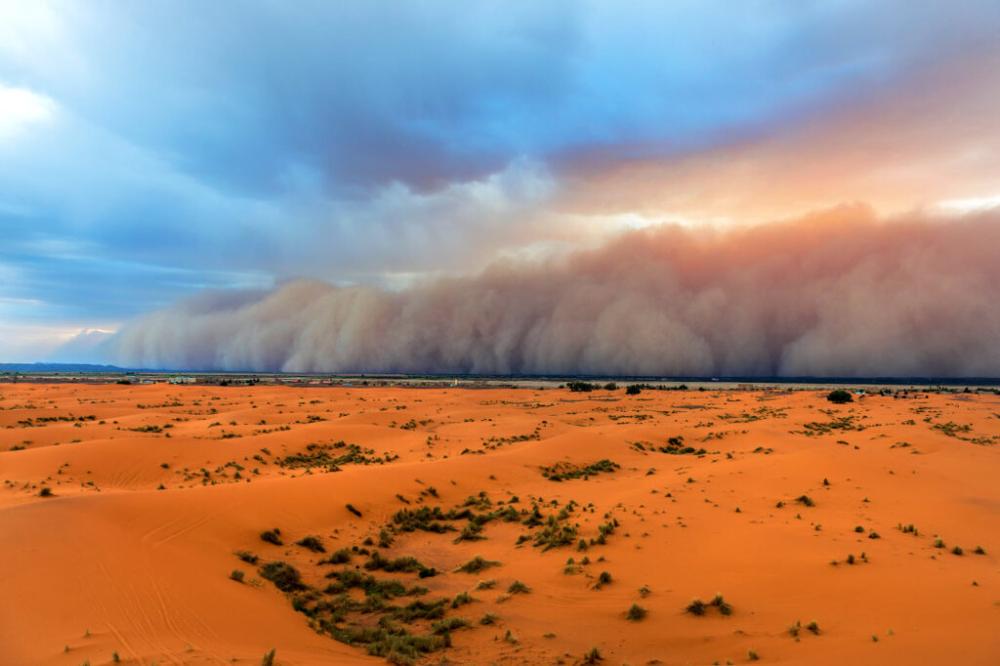
Even traditional forecasting agencies are adopting AI approaches. The ECMWF launched its first “learning model” in February 2025, which its Director General Florence Rabier called a “milestone.”
“This is about 1,000 times less expensive in terms of computing time than the traditional physical model,” Rabier explained.
Challenges Remain
Despite Aurora’s impressive performance, researchers acknowledge limitations. University of Chicago scientist Pedram Hassanzadeh calls AI weather models “remarkable, but not magical,” noting they struggle with “gray swan” events—rare, extreme weather not well represented in training data.
Amy McGovern from the University of Oklahoma points out that AI models don’t inherently understand physics and could potentially “make up something completely crazy” without proper oversight.
Researchers are exploring hybrid approaches that combine AI speed with physics-based understanding to address these concerns.
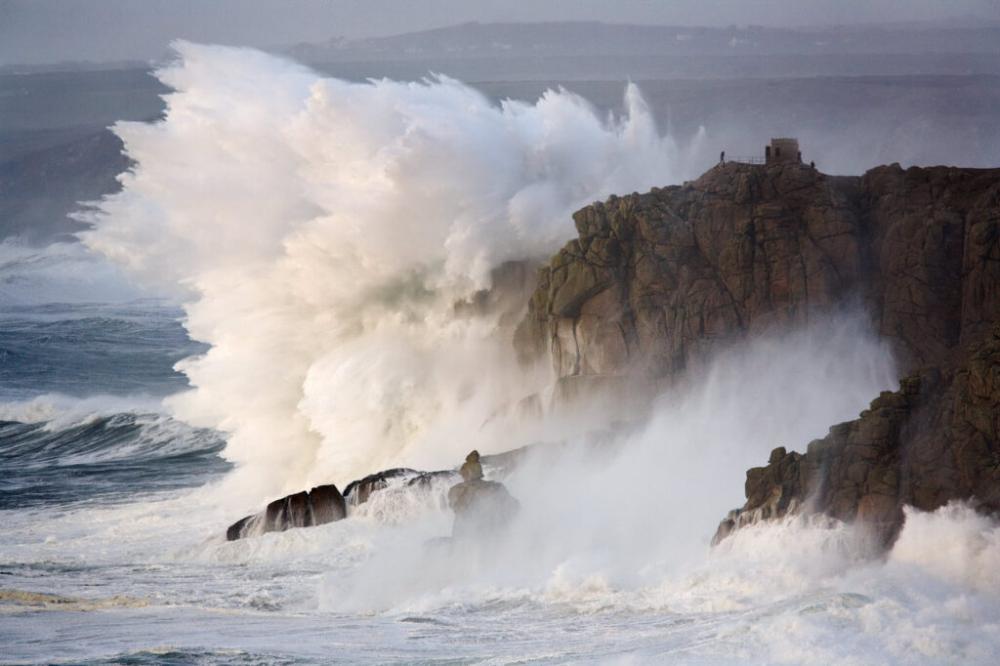
The Future of Forecasting
Stanley believes Aurora will complement rather than replace current forecasting systems. “There is a lot of interesting research to be done around how well it is learning the physics,” she said. “It’s the first of its kind, but it doesn’t mean it will be the last.”

For communities facing increasing threats from extreme weather, the advances in AI forecasting could mean more accurate warnings, better preparation time, and potentially, lives saved.
As Perdikaris puts it: “I believe that we’re at the beginning of a transformation age in air system science.”
